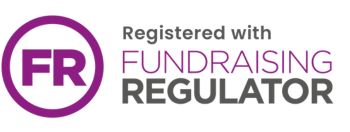A novel approach to rehabilitation of hand movement after stroke has been developed by an American research team.
Stroke is a leading cause of disability around the world with around one-third of patients left with some degree of physical impairment. A common effect of stroke is limb paralysis and, consequently, impaired movement.
In the past, robotic therapy devices have been used to help re-train stroke survivors to use their shoulders and legs. The devices are attached to the affected area and work in conjunction with computer training programmes to help patients to gradually regain movement.
Recently, devices have been developed that can help rehabilitate the complex and intricate use of hands and fingers. However, due to their size and design, the devices themselves usually place restrictions on movement, thus limiting their effectiveness.
The research team at the University of Illinois overcame this limitation with a device called a PneuGlove, which allows full movement of the arm and fingers when in use. The glove can be used in real-world environments or in Virtual Reality Environment (VRE) training and is particularly useful for practising the action of grasping an object.
In the team's study, published in 2010, two groups of seven stroke survivors completed a six-week training protocol consisting of three one-hour sessions held each week. One group wore the PneuGlove during training, performed both within a novel virtual reality environment and in a real-world setting with physical objects, while the other group completed the same training without the device.
Patients using the PneuGlove were found to have improved more than patients not using the device on a range of tests, such as of hand/wrist movement and pinch strength. This demonstrates great promise in an important area of rehabilitation.
Reference
Connolly, L., Jia, Y., Toro, M. L., Stoykov, M. E., Kenyon, R. V. & Kamper, D. G. (2010) A pneumatic glove and immersive virtual reality environment for hand rehabilitative training after stroke. IEEE Transactions on Neural Systems and Rehabilitation Engineering 18 (5) 551 - 559.
Back









